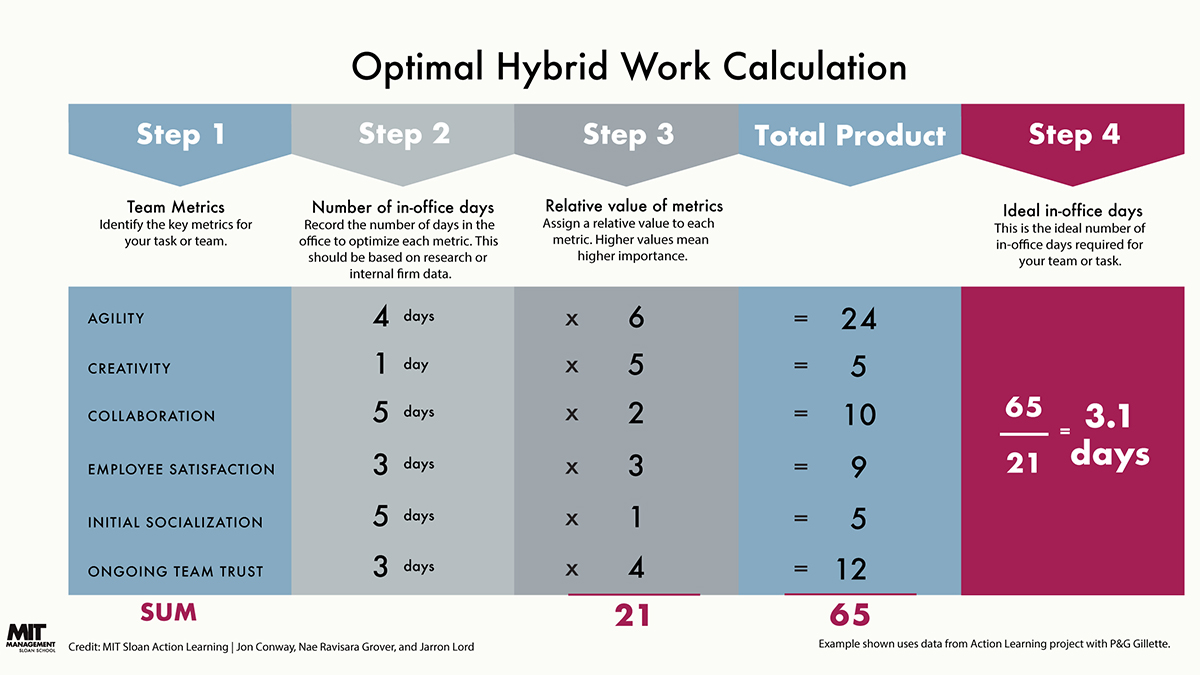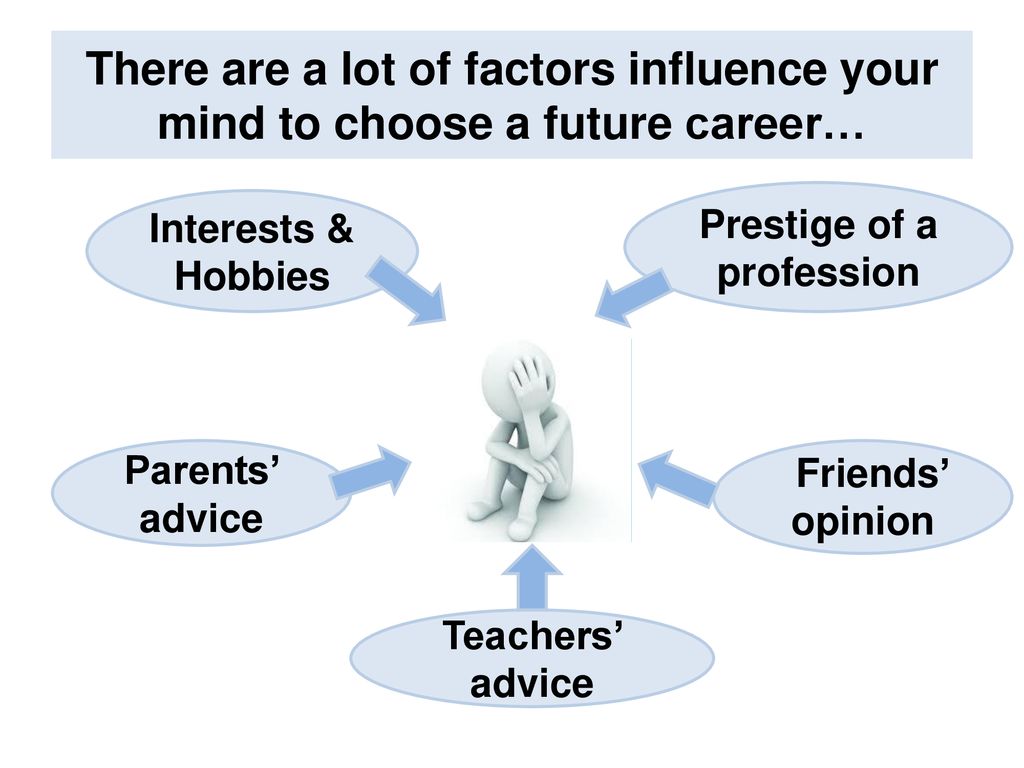 When dealing with an angry customer, one of the most important skills to employ is active and attentive listening. In such situations, it is crucial to give the customer your undivided attention and demonstrate empathy towards their concerns. By actively listening to their grievances, you make them feel heard and acknowledged, which can help to defuse their anger to some extent.
When dealing with an angry customer, one of the most important skills to employ is active and attentive listening. In such situations, it is crucial to give the customer your undivided attention and demonstrate empathy towards their concerns. By actively listening to their grievances, you make them feel heard and acknowledged, which can help to defuse their anger to some extent.
Listening attentively involves fully focusing on the customer and what they are saying. Avoid getting distracted by other tasks or allowing your mind to wander. Make eye contact with the customer to show that you are fully engaged in the conversation and genuinely interested in understanding their perspective. By paying attention to their verbal and non-verbal cues, you can gain valuable insights into the underlying issues causing their anger.
When a customer expresses their concerns, it is important to resist the urge to interrupt or interject with your own opinions or solutions. Instead, let them speak without interruption and allow them to fully express their frustrations. This shows that you respect their feelings and are genuinely interested in resolving the issue.
Additionally, displaying empathy during the conversation can have a significant impact. Empathy involves understanding and sharing the feelings of another person. Put yourself in the customer’s shoes and try to grasp the emotions they are experiencing. By demonstrating empathy, you create a safe and supportive environment that encourages open communication and problem-solving.
Listening attentively not only helps in understanding the customer’s concerns but also allows you to gather relevant information to offer appropriate solutions. As you actively listen, take notes or mentally summarize their main points to ensure you have a clear understanding of the issue. This helps you provide accurate responses and solutions, showing the customer that you are committed to resolving their problem.
In conclusion, when faced with an angry customer, active and attentive listening is a crucial skill to employ. By giving them your undivided attention, maintaining eye contact, and displaying empathy, you make them feel heard and acknowledged. This, in turn, can help to defuse their anger to some extent. Remember to avoid interrupting, listen without judgment, and gather relevant information to offer appropriate solutions. By mastering the art of listening attentively, you can effectively handle customer complaints and enhance customer satisfaction.
Stay calm and composed: It’s important to remain calm and composed when dealing with an angry customer. Avoid getting defensive or arguing with them, as it can escalate the situation further. Instead, take a deep breath, maintain a professional demeanor, and respond in a calm and empathetic manner.
When faced with an angry customer, it can be tempting to match their energy and react defensively. However, this approach only exacerbates the situation and makes it harder to find a resolution. By staying calm and composed, you can create an environment that allows for effective communication and problem-solving.
Taking a deep breath before responding allows you to collect your thoughts and respond in a measured manner. It gives you the chance to maintain control of your emotions and prevents you from saying something you may regret later. Remember, as a representative of your company, it’s crucial to uphold a professional image even in challenging situations.
Maintaining a professional demeanor also means avoiding arguments with the customer. Engaging in a heated exchange only fuels their anger and prolongs the issue. Instead, focus on active listening and empathy. Let them voice their concerns, and assure them that their feelings are being heard and understood. This acknowledgment can help defuse their anger and open the door for a more productive conversation.
Responding in a calm and empathetic manner is key to de-escalating the situation. Empathy shows that you genuinely care about their concerns and are invested in finding a solution. It helps create a sense of rapport and trust, making the customer more receptive to your proposed resolutions.
Remember, the customer may be angry for a valid reason. Acknowledge their frustration and apologize for any inconvenience caused. Even if you believe the customer’s anger is unfounded, arguing will only drive a wedge between you. Instead, focus on finding a solution that satisfies both parties.
In some cases, it may be necessary to involve a supervisor or someone with more authority to handle the situation. If you find yourself in this position, explain to the customer that you understand the gravity of their complaint and will make sure it is addressed appropriately. Assure them that their concerns will be taken seriously and that you will follow up with them as necessary.
In conclusion, when faced with an angry customer, it’s essential to remain calm and composed. Take a deep breath, maintain a professional demeanor, and respond in a calm and empathetic manner. By doing so, you create an environment conducive to problem-solving and increase the likelihood of reaching a satisfactory resolution. Remember, your goal is not just to resolve the immediate issue but also to leave the customer feeling valued and heard.
Apologize and empathize: Recognize the customer’s frustration and apologize for any inconvenience they may have experienced. Show genuine empathy by acknowledging their feelings and assuring them that you understand their perspective. A sincere apology and empathy can help de-escalate the situation and build trust with the customer.
In today’s fast-paced world, providing excellent customer service is paramount for any business. No matter how well a company operates, there will inevitably be instances where customers are left dissatisfied or frustrated. When faced with such situations, it is crucial for businesses to handle them with care and professionalism. One effective approach is to apologize and empathize with the customer.
When a customer expresses their frustration or disappointment, the first step should be to acknowledge their feelings. By recognizing and validating their emotions, you demonstrate that their concerns are important to you. Regardless of whether their complaint is valid or not, empathizing with their experience shows that you value their perspective.
Next, it is essential to offer a sincere apology. By apologizing, you take responsibility for any inconvenience or dissatisfaction the customer may have encountered. Remember, a genuine apology acknowledges the impact of the issue on the customer and expresses regret for the inconvenience caused. This helps in diffusing the tension and reassures the customer that their concerns are being heard and taken seriously.
Empathy goes beyond simply acknowledging the customer’s feelings; it involves understanding their perspective. Put yourself in their shoes and try to grasp the frustration or disappointment they may be experiencing. This understanding allows you to respond in a way that resonates with the customer, showing that you genuinely comprehend their situation.
Expressing empathy also helps to de-escalate the situation. When a customer feels understood, their anger or frustration begins to subside. By empathizing, you create a connection and bridge the communication gap. This connection is crucial for rebuilding trust with the customer.
Building and maintaining trust is vital for any business-customer relationship. When a customer feels that their concerns are being acknowledged and understood, it strengthens their trust in your brand. This trust, once established, can lead to improved customer loyalty, positive word-of-mouth, and ultimately, increased business success.
Remember, every customer interaction is an opportunity to demonstrate your commitment to exceptional service. Apologizing and showing genuine empathy not only resolves immediate issues but also contributes to long-term customer satisfaction. By acknowledging their frustration and apologizing sincerely, you de-escalate tense situations and build a foundation of trust. Embrace these essential practices, and you’ll discover that turning dissatisfied customers into loyal advocates is within your reach.
Offer a solution: When it comes to customer service, finding a solution that addresses the customer’s concerns should always be the ultimate goal. It is crucial to approach the situation with empathy and a genuine desire to help. To do this effectively, it is important to ask questions that will help you better understand the issue at hand. By gathering necessary information, you can gain insights into the root cause of the problem and ensure a more targeted resolution.
Once you have a clear understanding of the customer’s concerns, it is essential to offer them options or alternatives that can rectify the problem and meet their needs. Providing a range of solutions not only shows your willingness to help but also gives the customer a sense of control over the situation. This approach can help alleviate their frustration and build trust in your ability to resolve the issue.
Acting proactively is another crucial aspect of finding a resolution and regaining the customer’s trust. Instead of waiting for the customer to escalate the issue or seek further assistance, take the initiative to find a resolution promptly. This can be achieved by involving the necessary departments or individuals within your organization to ensure a swift and effective solution.
Furthermore, effective communication plays a vital role in the resolution process. Keep the customer informed about the steps you are taking to address their concerns. This will not only show them that you are actively working on their case but also give them a sense of reassurance and importance. Regular updates, whether through phone calls or emails, help in maintaining a positive rapport with the customer throughout the resolution process.
In conclusion, offering a solution is at the core of effective customer service. By focusing on understanding the customer’s concerns, offering options or alternatives, being proactive, and maintaining open lines of communication, you can provide a satisfactory resolution. Remember, the goal is not just to solve the problem but also to regain the customer’s trust and satisfaction. With a customer-centric approach and a commitment to resolving issues promptly and effectively, you can turn any negative experience into an opportunity to strengthen your relationship with the customer.
Follow up and learn from the experience: After resolving the customer’s issue, it is crucial to follow up and ensure their satisfaction. This simple act reinforces your commitment to excellent customer service and helps foster a positive relationship with the customer. By reaching out, you not only show that their concerns are important to you but also provide an opportunity for them to express any further needs or concerns they may have.
During the follow-up, it is essential to inquire if there is anything else you can do to assist the customer. This step shows that you are willing to go above and beyond to meet their expectations. Whether it is addressing additional questions or providing further assistance, being proactive in understanding their needs can greatly contribute to customer satisfaction.
In addition to focusing on the immediate customer’s needs, take this opportunity to reflect on the situation. Identify any patterns or areas for improvement that can enhance your overall customer service skills. Look for common issues that arise and find ways to address them more effectively in the future. For instance, if multiple customers faced similar challenges, it might be beneficial to develop standardized solutions or proactive measures to prevent recurrence.
Learning from the experience means taking a critical approach to your own performance. Analyze the steps you took to resolve the customer’s issue and evaluate their effectiveness. Were there any opportunities for improvement? Could you have handled the situation more efficiently or empathetically? By asking these questions and being open to constructive criticism, you can continuously develop and refine your customer service skills.
Furthermore, don’t hesitate to seek feedback directly from the customer. Send them a survey or ask for their opinion on how well their issue was resolved. This not only shows that you value their input but also provides invaluable insights into their perception of your service. Their feedback can serve as a valuable guide for future interactions with customers, allowing you to make necessary adjustments and ensure consistent customer satisfaction.
In conclusion, following up with customers after resolving their issues is an essential part of excellent customer service. It demonstrates your dedication to their satisfaction and provides an opportunity to offer further assistance. Moreover, reflecting on each experience and learning from it helps improve your overall customer service skills. By continually seeking feedback and analyzing your performance, you can refine your approach and ensure that every customer interaction is a positive one. Remember, customer service is an ongoing process of growth and development, and by following up and learning from each experience, you can provide exceptional service that distinguishes your business from the rest.



